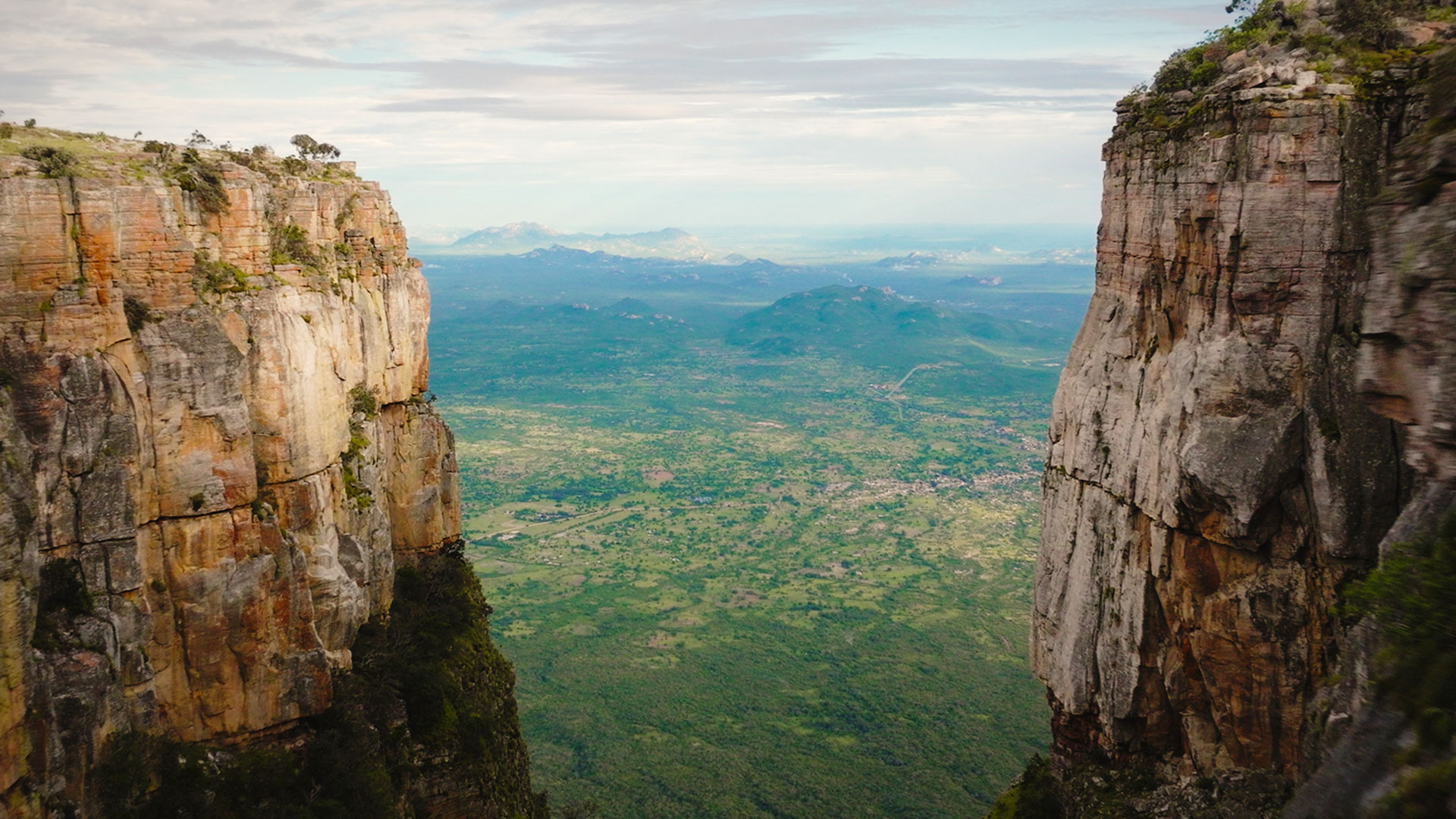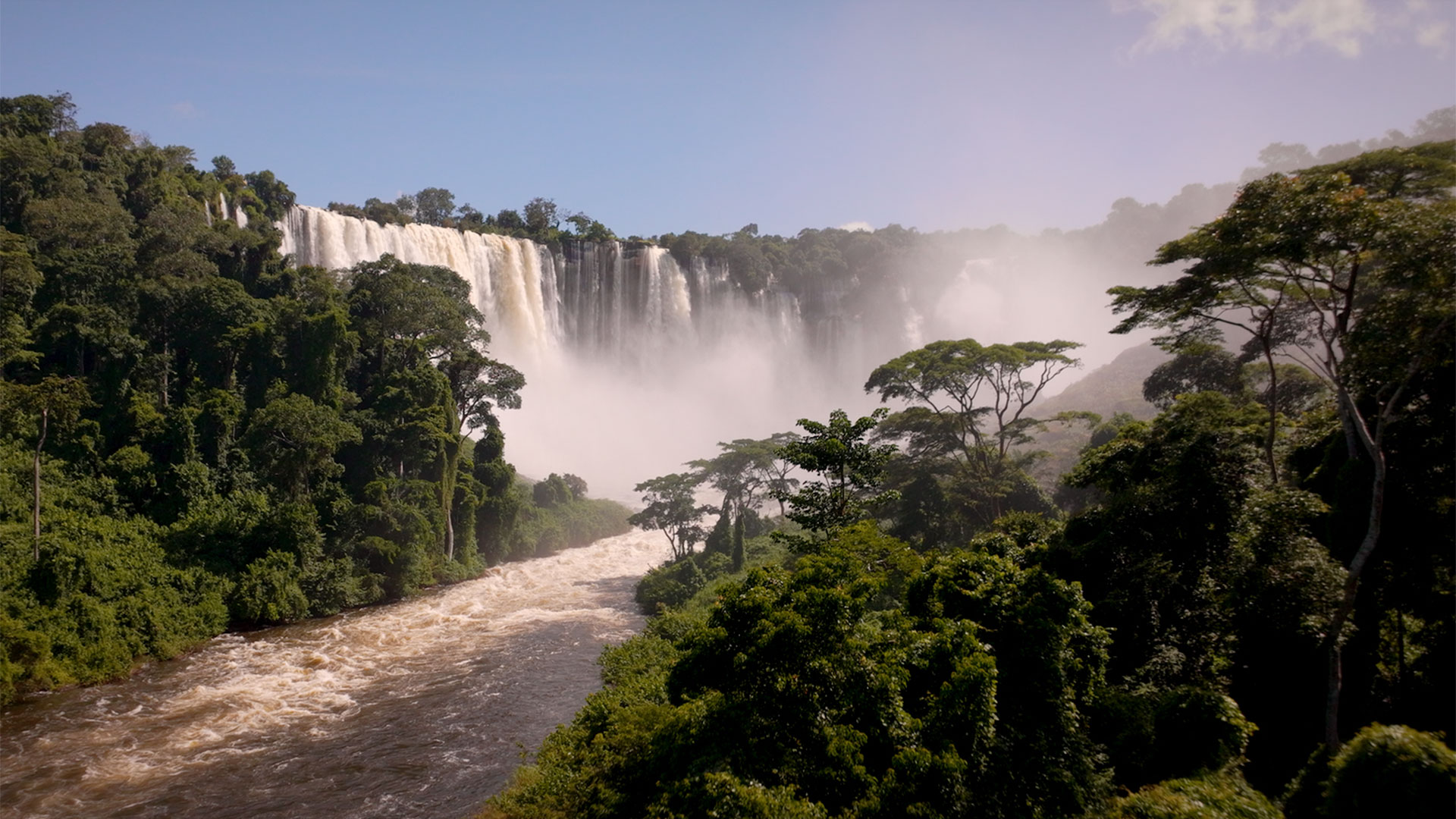
Angola’s commitment to conservation is creating a haven for ecotourism
Angola’s rare blend of natural beauty and biodiversity is making it a top destination for nature lovers and conservationists.
A hidden paradise
“Angola has one of the greatest diversity of ecosystems in Southern Africa,” says Miguel Xavier, Director General of the Angolan National Institute for Biodiversity and Protected Areas. “It is this diversity that allows for the formation of such beautiful landscapes for visitors to enjoy.”
As one of the most untapped and unspoiled destinations in the world, Angola offers unparalleled experiences for travelers looking to connect with nature.
Each province has a distinctive palette, from the lush expanses of Mavinga National Park to the grandeur of the Pungo Andongo rocks. In the north, the serenity of Baia do Mussulo beach contrasts with the dramatic cascades of Kalandula Falls. Further south, the magnitude of the Namib Desert is complemented by a sprawling coastal zone and spiraling lake systems.
Much of Angola’s appeal is rooted in the fact that its habitats remain largely untouched by mass tourism, allowing visitors to experience wildlife and nature in its most authentic form.
Unlike many of its neighbors, Angola’s tourism numbers remain in the hundreds of thousands per year. Low tourism density means that nature can be appreciated without being encroached upon, while improving hospitality infrastructure meets the expectations of global travelers.


Rare encounters
The Luengue-Luiana National Park, which spans 30,000m across the southeastern provinces, is the jewel in Angola’s crown. Opened to the public in 2011, its mission is to protect the rare species that live inside its boundaries.
“The giant sable antelope is one of the rare species that visitors can see in Luengue-Luiana,” explains Hélder Marcelino, Angola’s Secretary of State for Tourism. “This national emblem underscores the ecological value of our land and symbolizes Angola’s rich and rare biodiversity.”
As well as antelopes, Luengue-Luiana provides sanctuary to a variety of animals including elephants, lions, and hippos, cementing its status as a prime safari location. The park’s isolation preserves habitats for land species as well as for the endangered, red-crested turaco and other migratory birds, making it an exceptional birdwatching destination.
Many biodiversity corridors are beginning to be reactivated in Angola.
Miguel Xavier, Director General of the Angolan National Institute for Biodiversity and Protected Areas
“As well as Luengue-Luiana, we can point to Mungo, where the red-footed falcon has left Asia to spend one of its wintering phases in our country,” explains Xavier.
Angola is also home to approximately 6,850 native species of flora, 15% of which are endemic, providing another avenue for encounters with nature. The extensive variety of unique plants, positions Angola as an enticing destination for those eager to experience nature in a more exclusive environment.


Nature’s guardians
As sustainable travel grows in popularity, Angola is expanding its ecotourism offering to meet the demands of environmentally conscious travelers.
The possibilities for prospective visitors are endless. Embark on a safari through one of Angola’s two new national parks, enjoy bird watching in the Saco dos Flamingos wetlands, or dive in the country’s recently announced marine conservation site.
“We are tapping into our ecotourism potential to craft unique adventures in what is truly the world’s best-kept secret,” explains Marcelino. “Meanwhile, every step of the way, our operating mechanisms will ensure that visitors continue to support the recovery of landscapes and wildlife.”
Visitors can also be assured that any trip to Angola will continue the important work of protecting the local ecosystem from damaging poaching practices.
The government is reinvesting money made from travelers into moving local economies away from the wildlife trade. This includes shutting down illegal markets and providing alternative livelihoods for those in the illegal wildlife trade chain.
As Angola continues to invest in ecotourism, there has never been a better time to visit. Travelers can look forward to exploring one of the world’s most pristine settings in a way that supports conservation efforts and contributes to local communities. As interest in the country grows, every visit will help to ensure that Angola’s natural wonders are preserved for generations to come.

